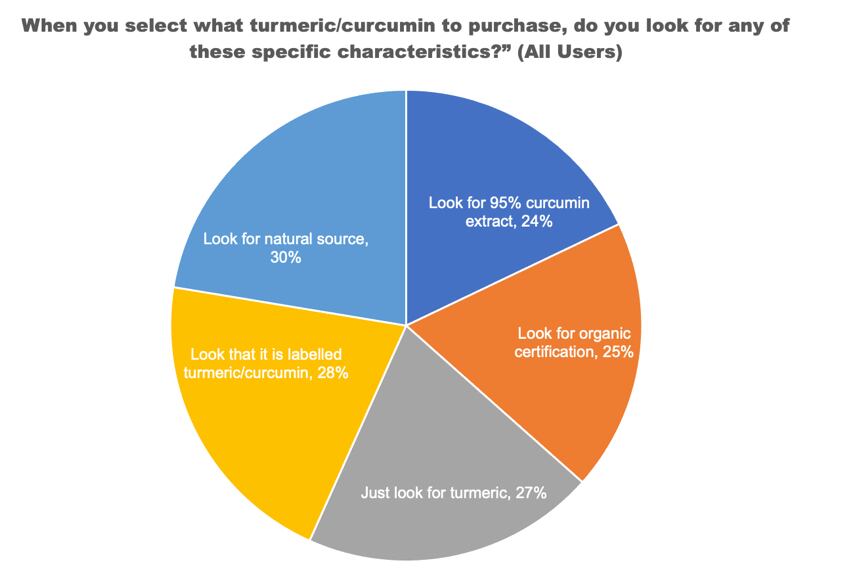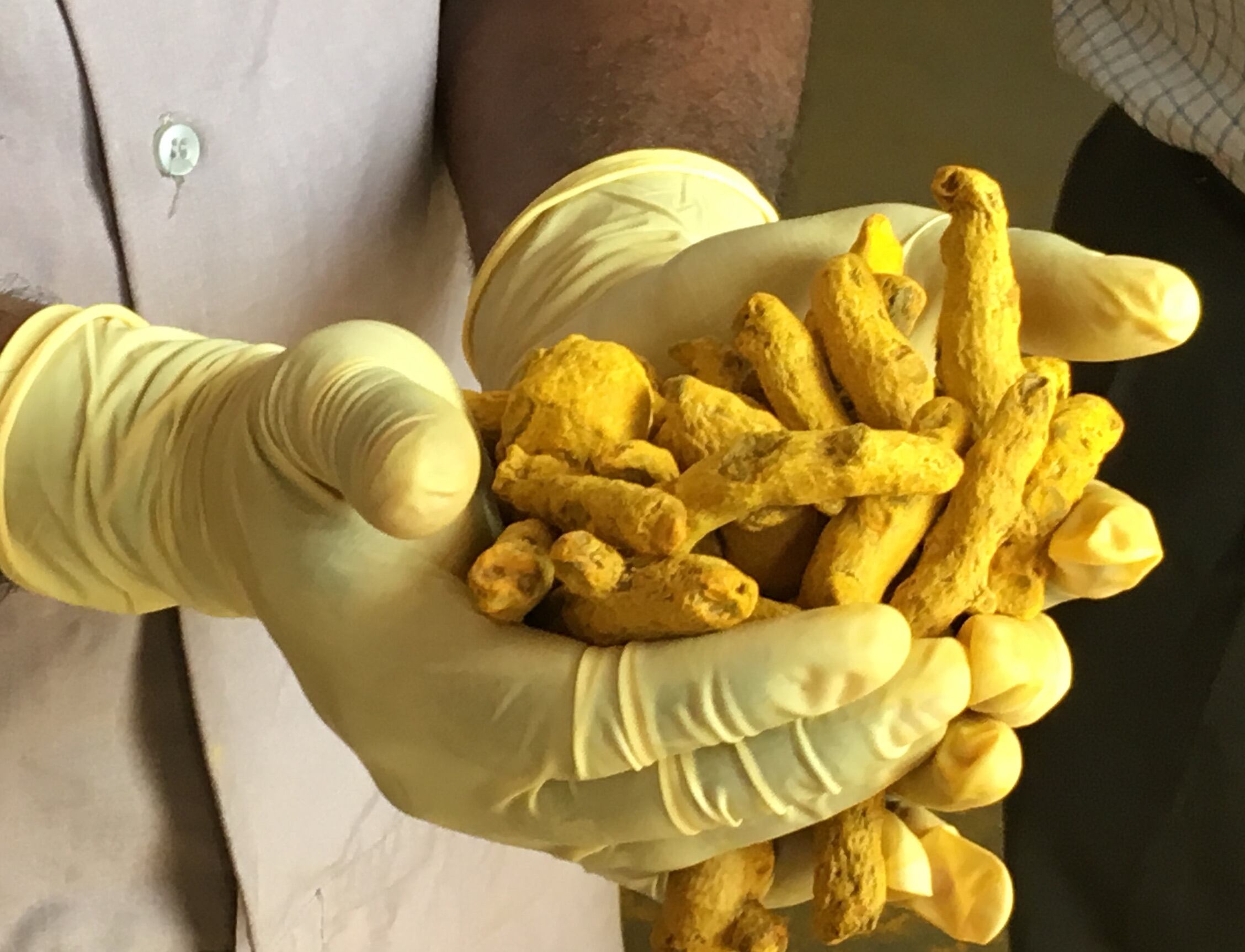According to the ITC Insights 2020 Consumer Survey, 86% of supplement consumers are familiar with curcumin/turmeric and SPINS data for 52 weeks ending December 31, 2019 found turmeric sales were over $92 million making it the fourth best-selling herbal supplement. While the 2020 data isn’t in yet, anecdotally we have heard from our industry connections that curcumin sales have been on the rise.
Battling misinformation
There was some negative news out of Italy in 2019 on curcumin and liver issues which had some impact on the European market. After researching the issue further, it appears the issue centered around product inconsistency and synthetically spiked curcumin, underscoring the importance of work on quality standards.
Preventing exploitation
As we’ve seen in the dietary supplement space in the past, when an ingredient category is on the rise it leaves it open to exploitation. Curcumin has definitely seen this primarily with synthetic spiking occurring. To help combat this issue, GCA has been conducting product testing with third party analytical labs since 2018. In the first round of testing in 2018, GCA purchased 13 random products online and they were sent for natural vs. synthetic and assay analysis. Eight of the 14 products failed at least one test. All companies with failing tests were contacted by GCA and in some cases we were also able to reach the contract manufacturer. There were some positive outcomes from this round – a few companies pulled their product off the shelf and we were able to have a detailed conversation with a couple prominent contract manufacturers.
Earlier this year, GCA conducted a second round of natural vs. synthetic and assay testing on 14 random turmeric/curcumin products purchased online that all claimed 100% natural. Nine products failed at least one test –some that failed to disclose synthetic materials still passed assay indicating those containing non-biobased materials are getting very good at spiking. GCA is actively working to combat this issue and will be publishing a paper on it, co-authored with Beta Analytic and Eurofins in 2021. We will also be providing educational materials and resources to industry players across the supply chain because we’ve found that many don’t know what they don’t know.
Understanding usage

As part of our ITC Insights program, we also looked at usage and found that 37% of Regular Users indicated that they had just started taking or increased their usage in the last year, with 16% indicating “significantly more” usage. Curcumin also tends to be a supplement that users can “feel”. Forty-seven percent of regular users reported that they have experienced the benefits of curcumin, which is slightly above average compared to other supplements.
We also found that curcumin users prioritize natural over organic in this category, and just look for turmeric/curcumin on the label.
Branded ingredients have been a way for companies to differentiate in the crowded supplement space. In the curcumin category, 53% of curcumin users say they always look for branded ingredients and/or appreciate them when they find them.
Beyond inflammation
Inflammation and joint health top the reasons supplement consumers take curcumin and have for years. In this year’s survey, we also found that antioxidant properties, skin health and heart/cardiovascular health also rank high. And, nearly 20% of regular curcumin supplement consumers receive a recommendation from their doctor indicating that health care professionals have influence in this category.

There’s a tremendous opportunity for expanded education on these newer benefit areas. There’s also been new science emerging showing that curcumin has ties to benefits to the microbiome. We expect science to continue to evolve and grow in 2021.
Credit where credit’s due
Sometimes the industry takes borrowing of science to an extreme. When a company invests in research they deserve to receive the credit and when other organizations use that science without attribution it hurts the entire category. GCA will continue to focus on attribution of science as a key priority. We’re fortunate in the curcumin category to have many areas to explore and look forward to seeing the science evolve with appropriate credit.
While turmeric has been used for thousands of years, it’s evolved and grown to meet the needs of today. GCA is honored to help steward the continued growth and is excited for the journey.




